“This is the world as it is. This is where you start.” ― Saul Alinsky
I was listening to the radio the other morning and heard a respected Democrat talk about the mass deportations and suspension of the rule of law for minority people in America. He talked reassuringly about the coming mid-terms and predicted how the pendulum would swing back. He was of the view that Trump will be remembered as a short-term flame of madness.
Sure. I'd like to think that ripping up the rule of law and trashing democratic checks and balances represents a short-term swing of the pendulum. But I wouldn't bet on it.
The interview came as I read a profile in Vanity Fair on Kamala Harris post-election.
It sucks to lose, and candidates often need time to lick their wounds. The article promised that Harris is working on a "speech that will address the chaotic moment the country is enduring, with a tentative aim of delivering it in the next several months."
Meanwhile, people are being snatched off the street. Law firms are being shaken down for having worked against Trump. Judges face threats of impeachment. Universities, cities, and states are being punished if they don't go along with the gangster in the White House.
It will take more than a speech planned tentatively for months down the road to address the rise of American fascism.
What's become clear is that nobody is coming to save us – not the Democrats, not the courts, not world leaders.
Restoring democracy and the rule of international law will come down to you, me and the neighbour you don't yet know down the street.
And so, we need to get to know that neighbour.
The task before us isn’t just to oppose the MAGA agenda, but - as Dietrich Bonhoeffer said - to find ways to stick spokes in the wheel of the rising oppression.
Let me introduce you to Saul Alinksy. He might be able to help.
But first, let me tell you how I got to know him.
I was in Grade 7 of Mr. Comper's class at St. Aidan's Catholic School in north Toronto. I was at the back of the room, heckling, when he stopped mid-lesson and demanded I stand up.
"Angus," he bellowed, "I am sick of you disrupting my class every day. If you are going to be a disrupter, I don't want you to be an idiot disrupter; you need to know what you're doing."
He demanded that I go out and buy Rules for Radicals by Saul Alinsky.
"At least learn how to do it right," he harumphed.
And so, I did.
Saul Alinksy was a brilliant community organizer in Chicago. He put together a book of strategy and tactics on how people without power could take on those with power - and win.
I read that book cover to cover in grade 7. Then again in grade 9. I came back to it in my 20s. And I studied it like a bible when I became deeply involved in a huge fight to stop giant corporations from turning my region into a toxic dump for waste and PCB.
We won that fight - through people power and a determination to use creative resistance to thwart the power of backroom money.
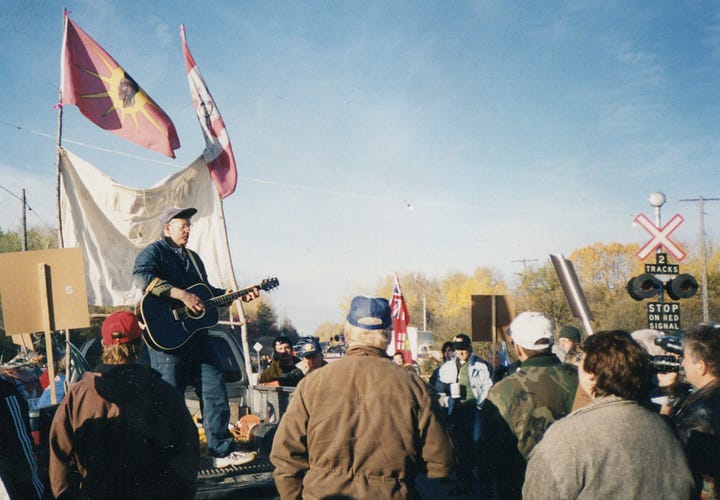
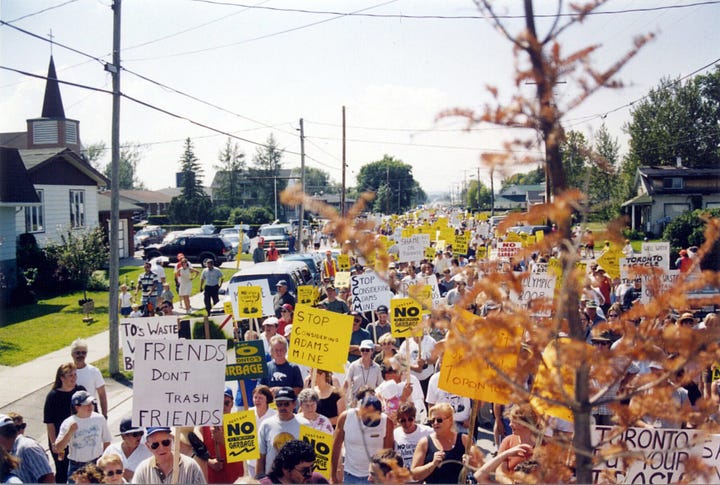
Here's what Alinsky would say about our sense of overwhelming loss over what is happening in the world today:
"Do one of three things. One, go and find a wailing wall and feel sorry for yourselves. Two, go psycho and start bombing – but this will only swing people to the right. Three, learn a lesson. Go home, organize, build power."
I know this sounds like a daunting and frightening task. And it is.
But doing nothing is even more terrifying.
Resisting fascism is always easier at the beginning than once it is entrenched.
Resistance never appears fully formed. The first steps are always timid and uncertain.
It’s a political muscle that is slowly built up over time, together. In the initial months after the Trump election, uncertainty was everywhere.
But the movement is beginning to coalesce.
Take, for example, the incredible success of the April 5 Hands-Off Day of Resistance - millions came out across the United States and around the world.

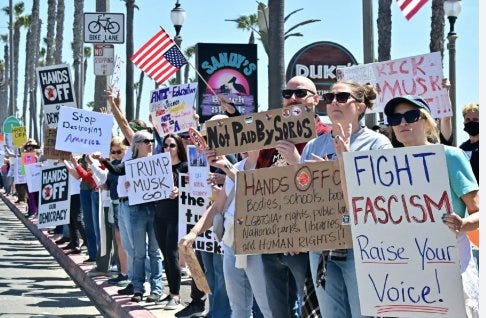
The next day of action is April 19. Mark it in your calendar.
Is there an event in your area? If so, go to a planning meeting. Offer to volunteer.
And if there’s no local group, start one.
Call a few friends. Post on Facebook. Create a local "Elbows Up," "Resistance," or "Hands-Off" chapter in your town. Organize a march, a community rally in a park, a protest outside Tesla - anything that brings people together.
But here’s the thing: some movements succeed while others sputter and fade.
This is where lessons in the whys and hows of organizing are essential.
I recently read If We Burn by Vincent Bevins, a powerful book on 21st century mass movements - from Occupy to the Hong Kong democracy protests to the so-called Arab Spring.
Bevin’s writes that the digital age has witnessed unprecedented global mass movements but despite the huge numbers drawn to these movements, their long-term political impact was minimal.
Why?
Bevin’s puts it down to movements that were hyper-charged by online amplification, which gave the perception of being an unstoppable force. However, failing to identify clear goals and objectives led to them flaming out.
"If you want to help people, if your goal is to confront the problems facing humanity, that means a focus on ends, and it means constructing a movement that can stand the test of time, in addition to remaining democratic and accountable."
Don't get taken in by the likes and reposts; ground your movement in real people with real goals. Bevin writes that many of these 21st-century movements were fooled by the mirage that online trending was actually about moving the political needle.
The hashtag is not the movement. Community is.
In Canada, our focus must be on defeating Maple MAGA in the coming election. We must hold the line on the boycott and build pro-democratic movements at the grassroots level.
In the United States, the fight to take back democracy and restore the rule of law will be a much harder battle. But this is where Alinsky has lessons to teach us. His playbook shows how ordinary people can build power - and win.
Here are a few Alinskyisms that will help.
Be open to people who come out. Your group isn't tasked with saving the world. You don't have to agree on every issue. Focus on the fight that is before you, not on the differences between the people who come out to help. Groups that can attract a cross-section of people to work together on a clear aim will be successful.
Take on one task.
In your planning meetings, people will come with a million ideas about what should be done, but focus on an initial project with a goal that can be achieved. If the first event is successful, people will want to try a second campaign.
Use humour to encourage your people and take down the opposition.
"Ridicule is our most potent weapon in taking on the powerful."
Just look at how much the likes of Musk hate being laughed at. Humour and fun at public events remind people that the other side is not a solid monolith. They are prickly and hate their so-called lesser standing up to them.
Make the event fun and welcoming.
The huge rallies I helped organize against the waste giants included music, good speeches, sometimes a barbeque. It was about encouraging families to bring their children. If people are having fun in the protest, they will come back.
"A successful tactic is one that your people enjoy.”
Don't take on what is too difficult to achieve.
For example, don't announce you will protest the capital unless you have the means to do it. Keep your focus close to home, where you rely on the people strength of your area.
Don't overextend your people.
Alinsky tells the story of a group of angry constituents occupying a politician's office. If they had stated that they weren't leaving until they got what they wanted, protesters would have eventually got tired and headed home. A long, drawn-out occupation will turn ragged and make the group seem weaker. Best to occupy the office, lay down the list of demands, and leave when you still have a strong force.
"Power is not only what you have; it's what the other side thinks you have."
Each one reach one, each one teach one.
If you host an initial meeting and people feel empowered, ask them to bring at least one person to the next event. This is how you build the movement. This is also where you discover leaders you didn't know you had.
We have a helluva fight ahead of us, my friends. But the movement is growing stronger day by day. This is the moment where we get tested to build back and to build better. The goal is to stop MAGA, defend our democracy but also to build community where we live.
When the choice is Vichy or Vimy, I know I will see you folks on the ridge.
We've got this.




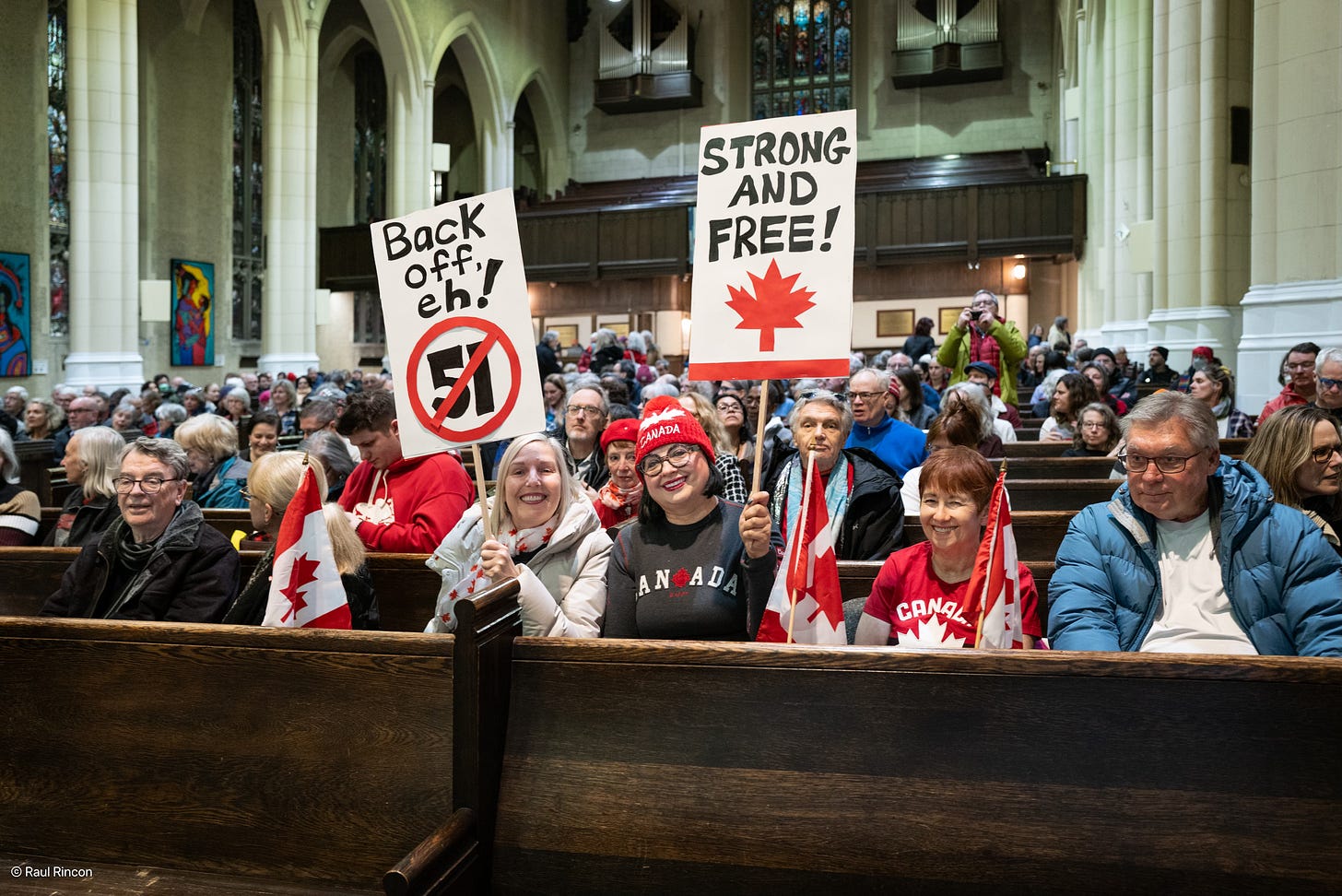
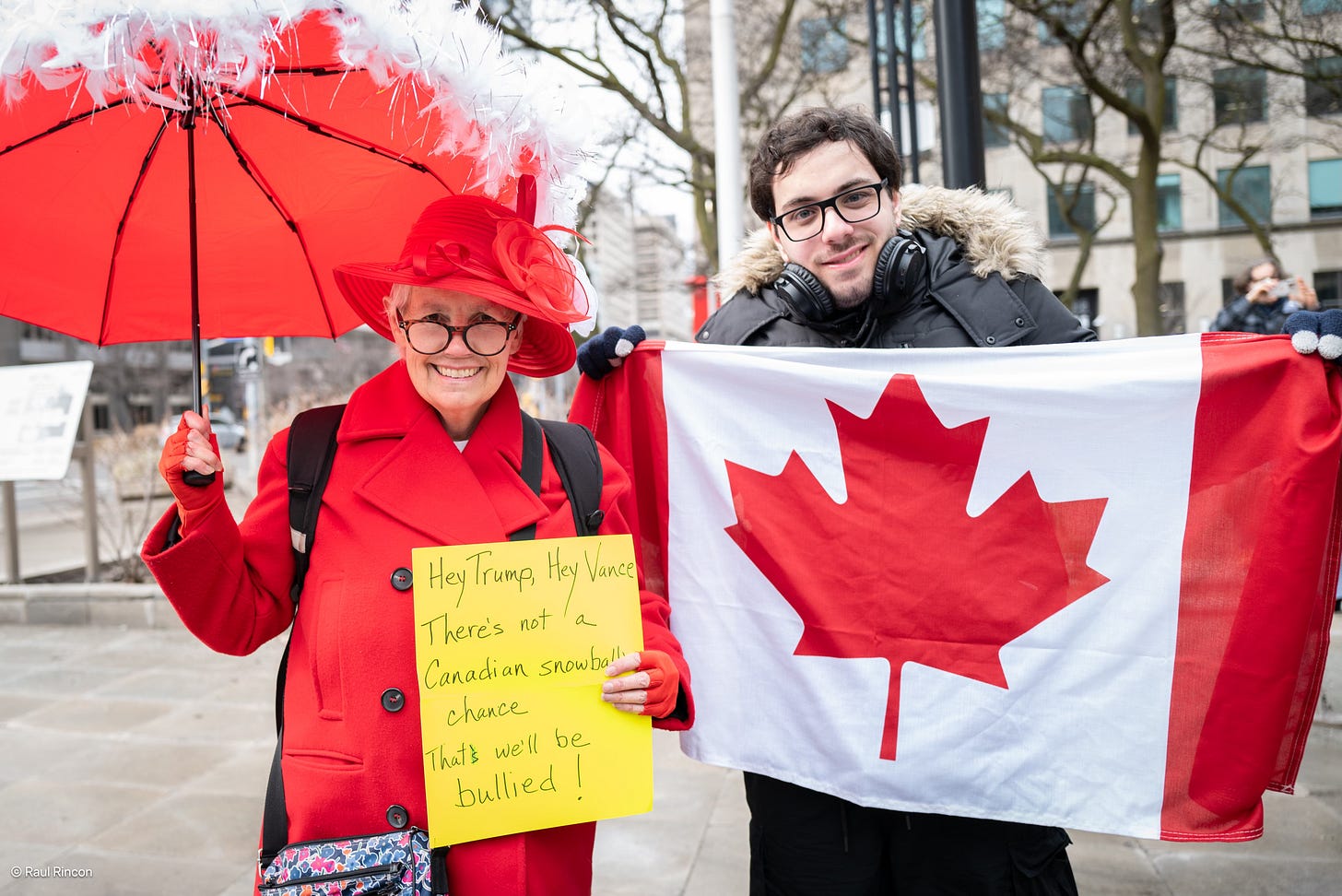
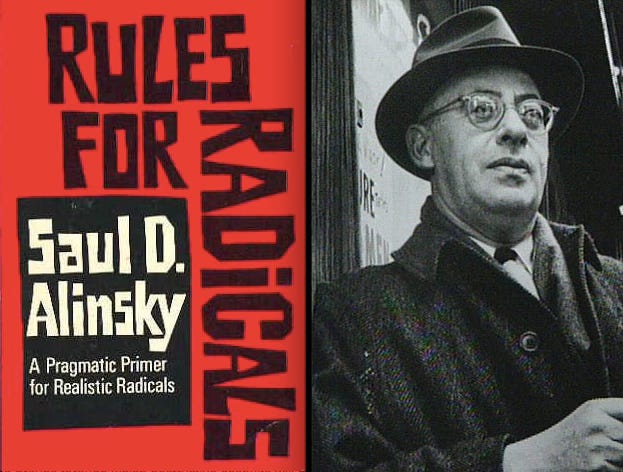
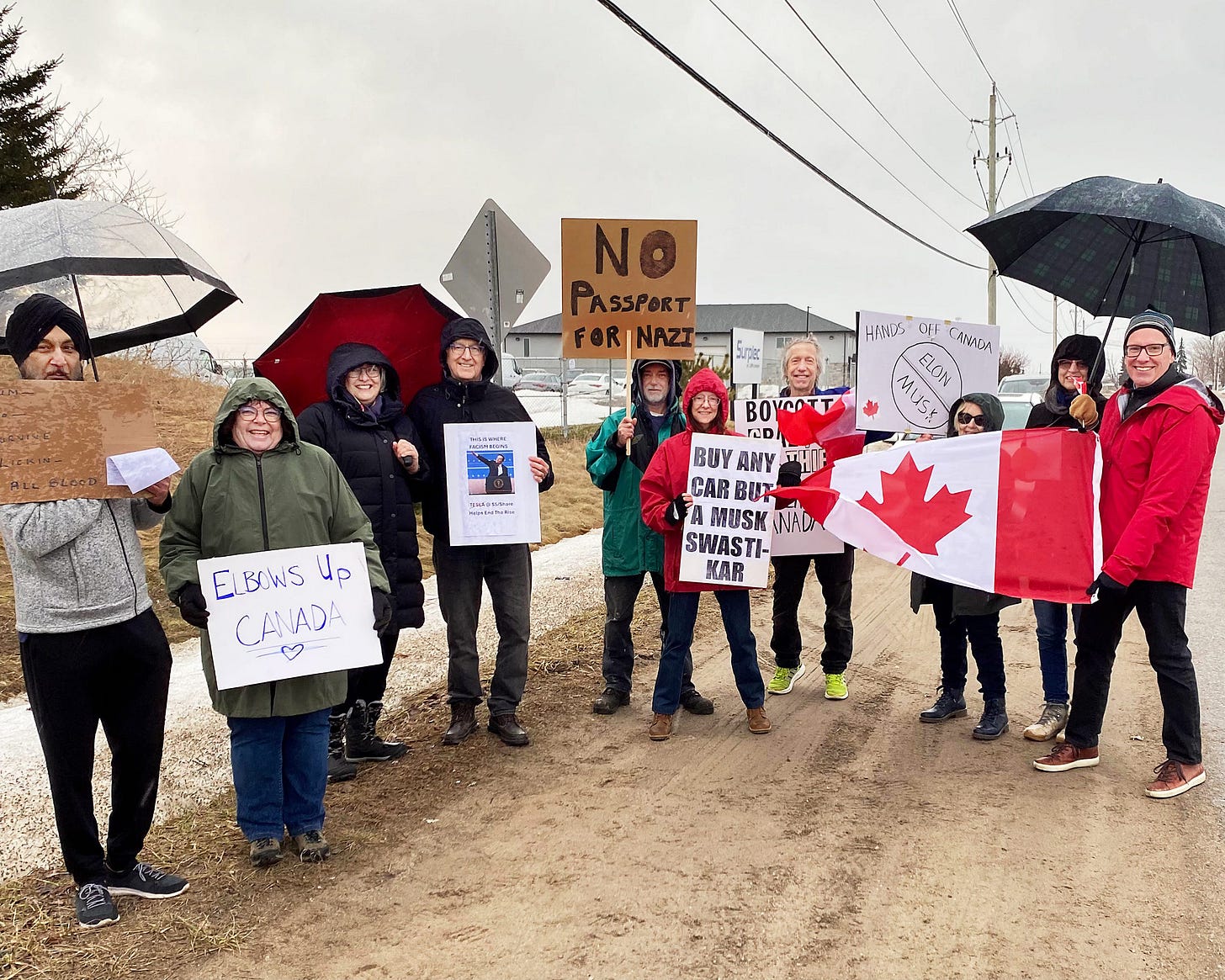
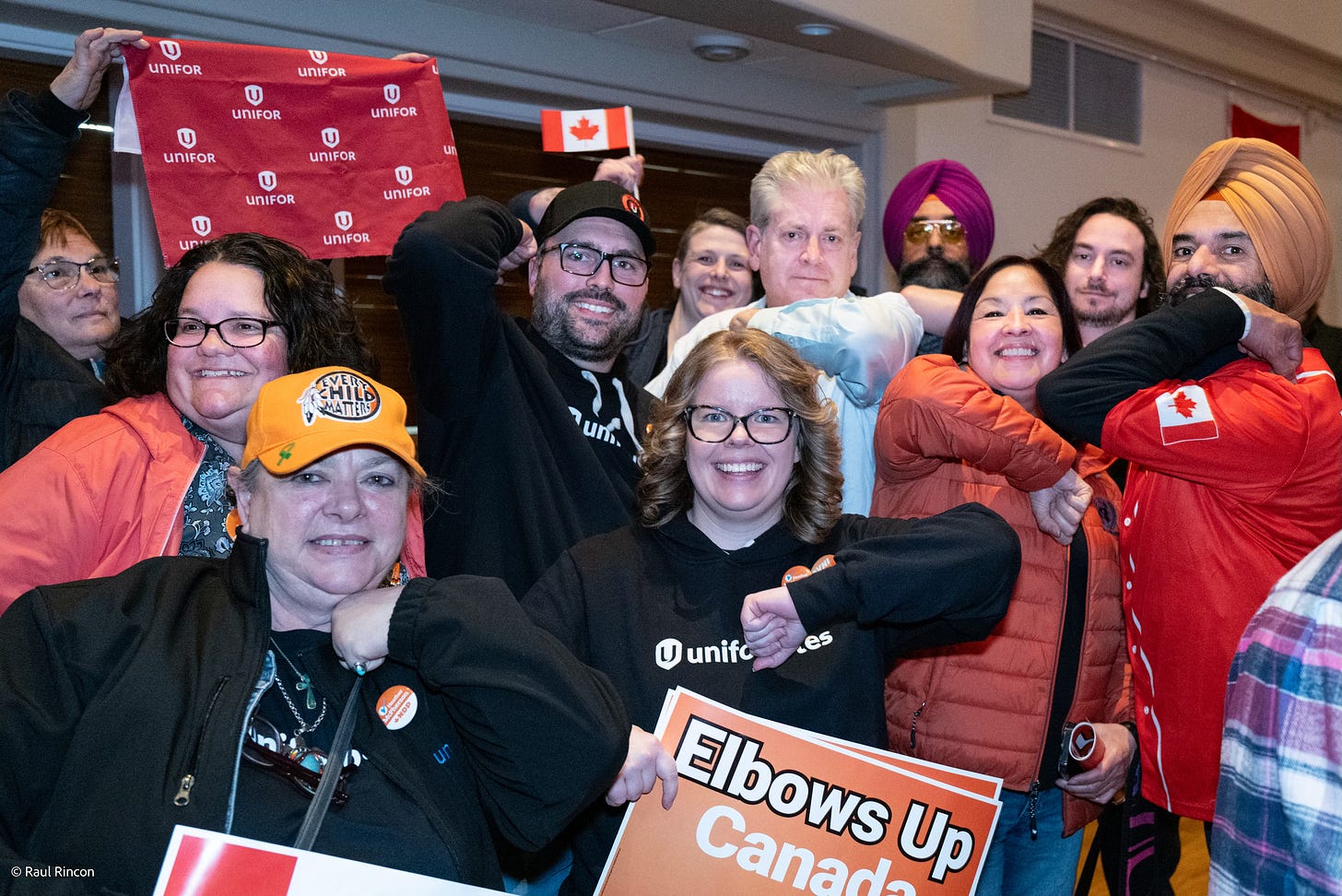


Greetings from FL -
Dang, this is the pep talk and perspective I needed on this Monday morning! I’ve been feeling determined but scattered lately. There’s so much to tackle here in the US-as you stated in your piece. It can feel overwhelming. I’m learning that resting when I need to is absolutely part of the resistance. You can’t fight effectively when you’re burned out.
The resistance here continues to grow. Major organizations are joining together to build broader coalitions. That alone gives me a ton of hope.
We’re ready for April 19 - A Day of Action. There will be protests but it’s also about building community, volunteering, etc.
Events around May Day are starting to take shape.
In closing: we all have to remember that we are the ones we’ve been waiting for!
In solidarity ✊🏼💙
We’re working on it,
People of the Free World💪
Drove 5 hours north to
Salt Lake City for the
Fighting Oligarchy Tour
yesterday.
💙from southern Utah🏜️